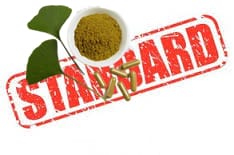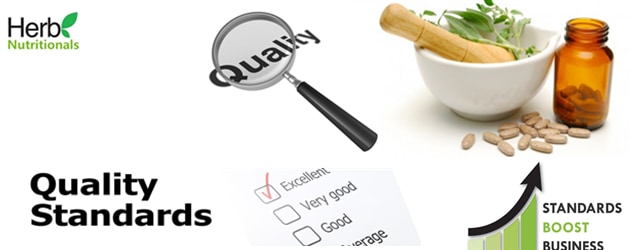Plant extracts industry or herbal extracts industry is a rapidly developing industry in China and throughout the world. According to the statistical data from CCCMHPIE (China Chamber of Commerce for Import & Export of Medicines & Health Products), the export amount of plant extracts is USD1.778 billion with year-on-year growth of 25.88%, accounting for about half of that of Traditional Chinese Medicines (TCM) products. However, with the development of this burgeoning industry, the lack of unified international standards has become an important factor to hinder the development of the botanical extracts. Most factories and manufactures use different methods to extract and concentrate plants, herbs, and botanicals, and the herbal quality varies from bath to batch, different from one manufacturer to another, due to the fact that no standard can be effectively regulated; then a problem comes out: Adulteration. Since no uniform standards, many raw material ingredients are adulterated with fillers, binders, more seriously, added hidden ingredients, which are very popular in weight loss, testosterone boosters and other bodybuilding supplements.
Herbal adulteration happens when greedy manufacturers and suppliers are driven by economic advantages, however, the quality is not guaranteed. In this sense, Botanical Adulterants Program (BAP) is carried out by the collaborative efforts of the American Botanical Council (ABC), the American Herbal Pharmacopoeia (AHP), and the University of Mississippi’s National Center for Natural Products Research (NCNPR).
In this international environment, the first international standards for herbal extracts, plant extracts were released in September, and implemented from October 1, 2013. 10 specifications of 7 herbal extracts standards are publicized:
Ginkgo biloba extract (Bilobalide, Ginkgolide A, Ginkgolide B, Ginkgolide C, Quercetin, Kaempferol, Isorhamnetin),
Bilberry extract (anthocyanins 25%),
Panax ginseng Extract (ginsenoside Rg1, Re, Rf, Rb1, Rc, Rb2, Rd),
Polygonum cuspidatum extract (50% resveratrol, 98% resceratrol),
Goto Kola Extract (total Asiaticosides 25%, Madecassoside, Asiatic acid, Madecassic acid),
Willow Twig Extract (D-Salicin 5%, 25%, 50%),
Milk Thistle Extract (Silychristin, Silydianin, Silybin A, Silybin B, Isosilybin A, Isosilybin B).
The Second batch of herb extract international standard was released in December, 2015:
Grape Seed Extract 95% OPC (Oligomeric proanthocyanidins)
Elderberry Extract 15% Anthocyanidins
Rutin(Sophora japonica L.)
Sophora Japonica Extract
Papain Carica Papaya L. (chymopapain A, chymopapain B, Papaya Peptidase A)
Astaxanthin oil >5% (haematococcus pluvialis)
Hesperidin pharmaceutical grade>85% (Citrus Aurantium L. or Citrus sinensis Osbeck)
Citrus Immature fruit Extract Hesperidin food grade
These herbal standards not only regulate the exact active ingredients in it, but also write down how to test the quality step by step (unified method of analysis, or MOA).
Since these herbal standards are in Chinese languages, any users need the English version of the plant extracts international standards, please send email to us and we are glad to translate on your behalf.



